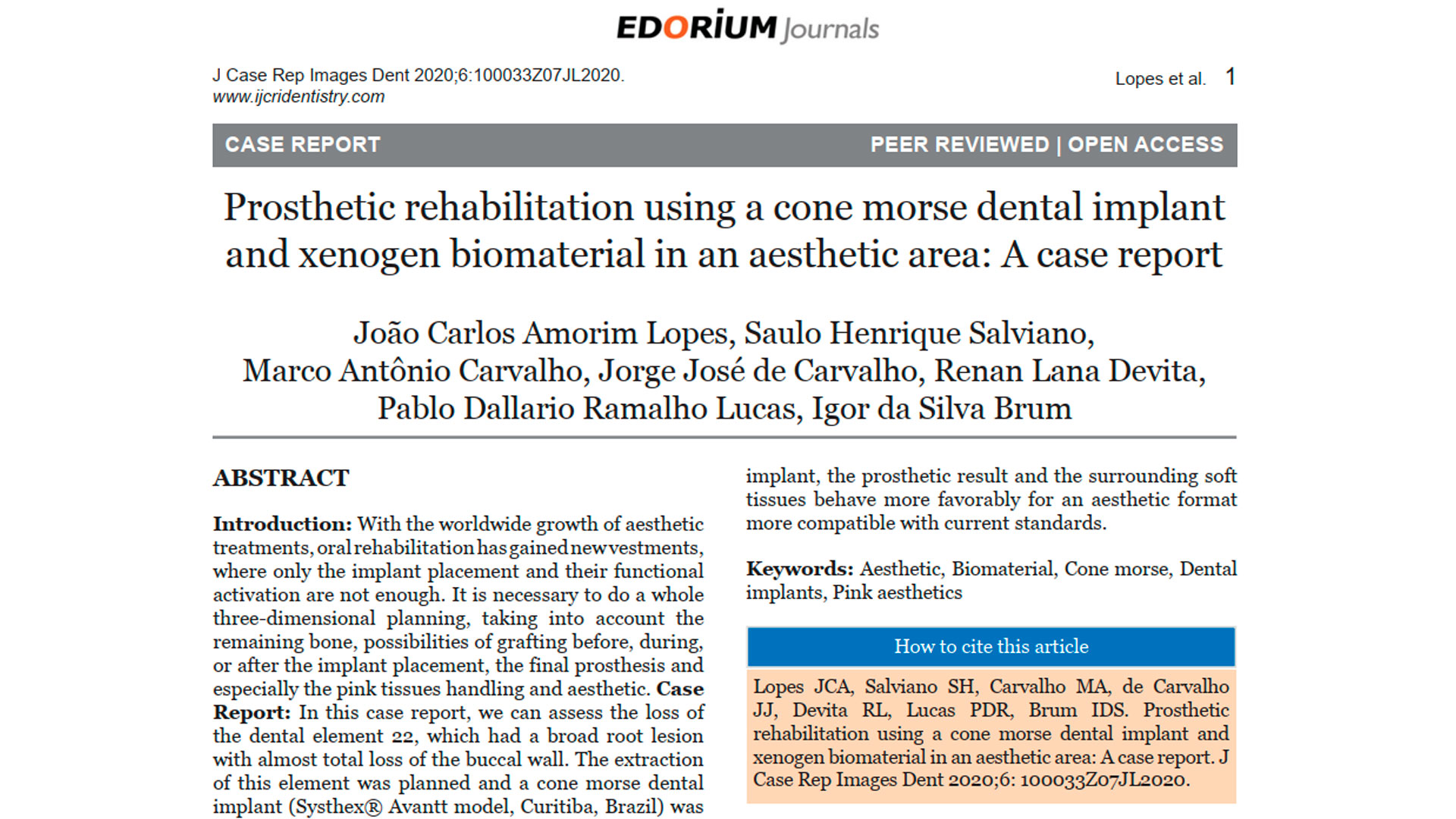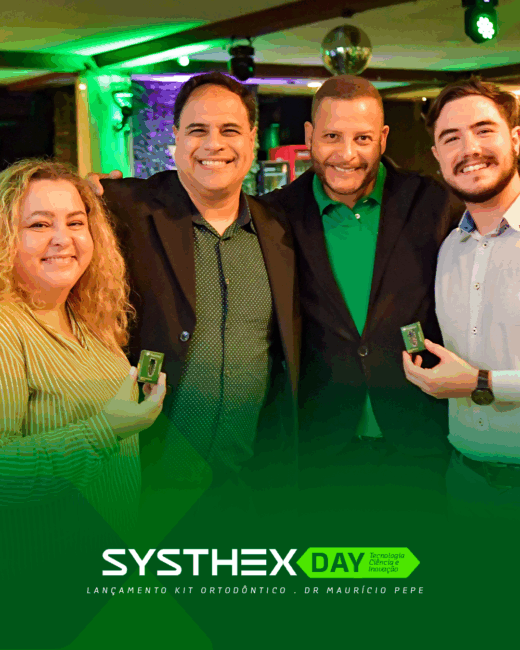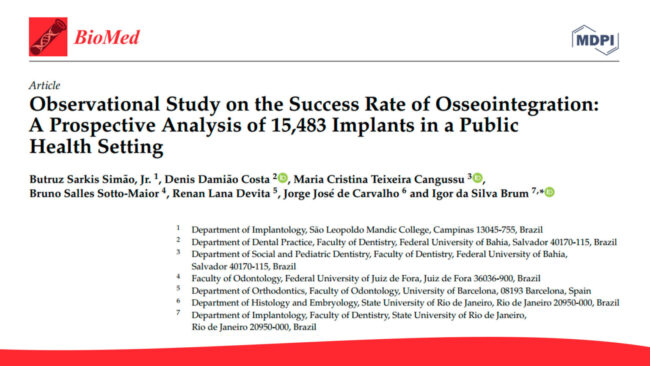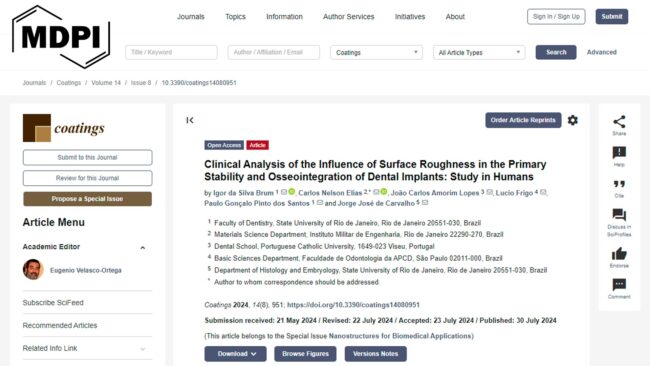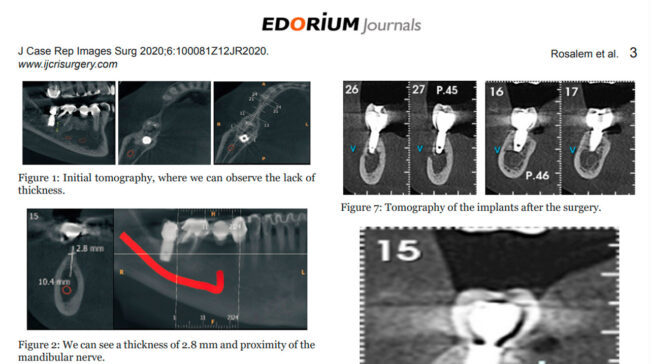Prosthetic rehabilitation using a cone morse dental implant and xenogen biomaterial in an aesthetic area:
Oral rehabilitation of toothless spaces with osseointegrated dental implants has been a scientifically accepted and well-documented treatment modality for years. Since Branemark, in 1908, first discovered the concept of osseointegration, numerous investigations and clinical studies have established titanium as a reliable biomaterial for oral rehabilitation and reconstruction. Various modifications to the structure, composition, and design of titanium dental implants have been made to improve their physical, mechanical, and optical properties [1].
The ultimate goal of a dental implant is to restore missing or extracted teeth, loading anatomical and aesthetical restorations in the long term [2]. Preservation of the alveolar crest and management of the area after tooth extraction have a major impact on the volume of hard and soft tissues.

